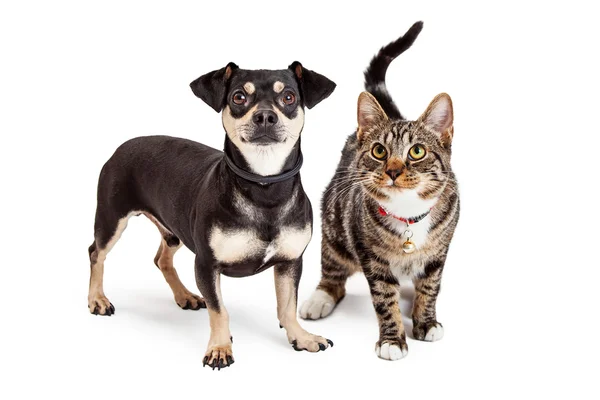
“What am I, really?” isn’t just a late evening human-query believe it or not, it’s a question that some pups are posing on a daily basis. And the conclusion that they’re drawing about it? Clearly. “I’m a cat.” From fitting into boxes to spreading across rooftops, such pup copycats are blending species lines in the most adorable ways possible. Genetics, environment, or good ol’ stubborn will-it-or-not-ness, there are some pups that are going whole hog on that feline thing and their antics are both laugh-out-loud hilarious as well as compelling.
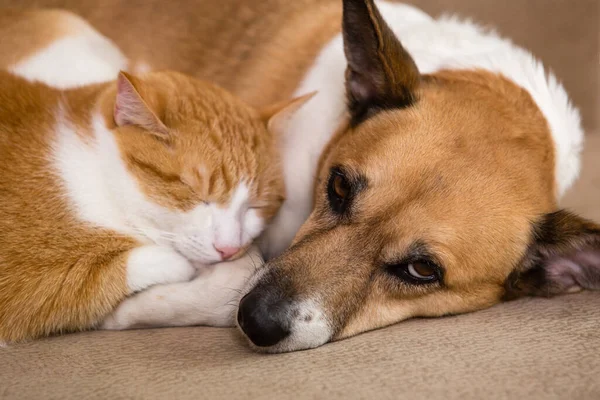
This list delves into the idiosyncrasies, tendencies, and unexpected motivations of cats-in-dog-guise, as well as breeds best suited to getting away with it. Buckle up for stories of high stools, reserved sophistication, and laser-pointer chases.
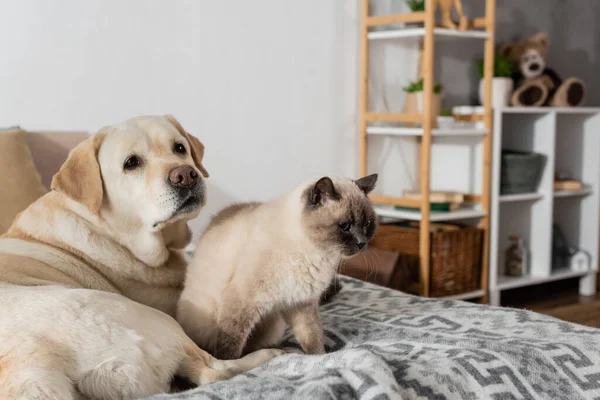
1. Copycat Behavior From Living With Cats
Dogs are social learners, so if they are around cats most of the time, they will start replicating behavior of their feline companions. It might mean that they will curl up in impossibly tiny boxes, greeting humans via cat doors, or just giving it a shot with the litter box. This isn’t necessarily a fluke all this behavior shows how impressionable young pups learn about the world they’re living in, thinking that’s “the way it’s done” at home.
Owners have seen a dog sitting on a fence, curled up in a cat bed, or even wearing a sweater designed for its feline brothers or sisters. It’s a comical sight, but it’s also an indication of just how much a dog will copy its environment.

2. Breeds Born With Feline Flair
Other dogs won’t require a cat roommate to behave like one their genetics predispose them to feline behavior. The Basenji, famously known as the “barkless dog,” cleans itself like a cat and likes independent watching from perches. Italian Greyhounds and Whippets are sunbathers and sneaky sprawlers, whereas Shiba Inus combine agility with aloofness, frequently cleaning themselves with meticulousness. Even Afghan Hounds and Maltese possess a flash of catlike grace, relishing solitude and discriminatory affections. They represent a combination of loyalty characteristic of a dog with independence typical of a cat, which makes it easy for them to get away with being a cat.
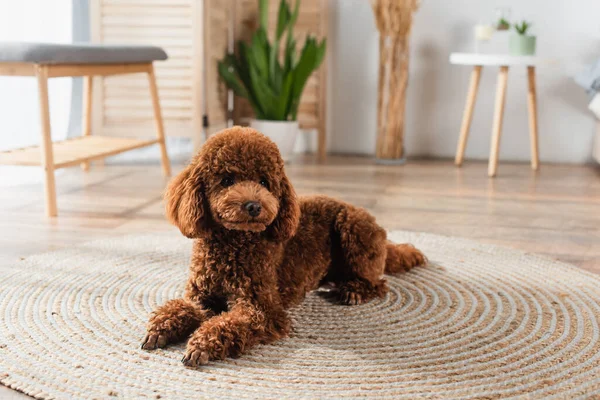
3. Independence Which Feels Very Cat-Like
Self-reliant cats, but some dogs come close, with Greyhounds, Basset Hounds, and poodles requiring time alone, opting for time with others or time away. It’s a independent nature that may give a aloof impression, but just a way for them to balance time with others with time to themselves. Dr. Kathryn Dench, MA VetMB, observes that “Cat fanciers tend to prefer pets that are independent-minded, easy care, and quiet companions.” Such breeds of dogs are ideal for homes that value this cat way of life.
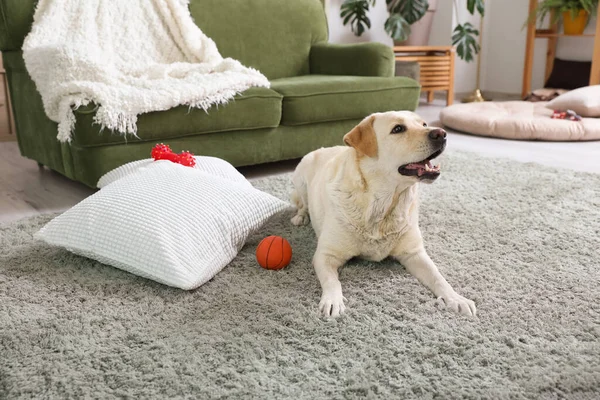
4. Foods that Energize Felines
Diet can be an unexpected cause of catlike behavior in a dog. A high protein diet, like cats’ diets, will produce fits of energy which translate to leaping on objects or climbing pieces of furniture. Extra zip will render some pups more lively and playful in a most feline way. Owners reported that with a change in heavier diets, the dog would chase laser pointers or jump on countertops. It’s funny, but nutrition must always be individualized for a dog to maintain overall wellness as they get to indulge that inner cat.
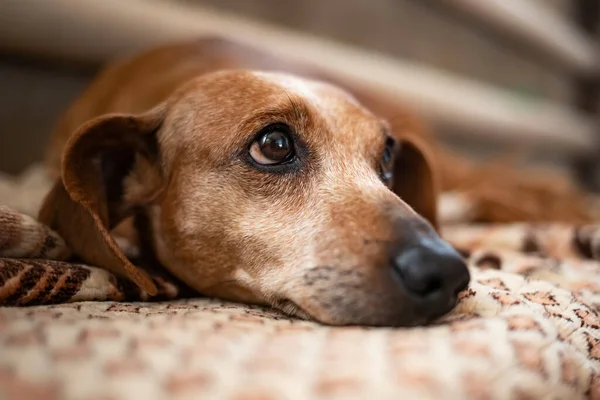
5. Health Peculiarities that Resemble Cat Behavior
Now and again, a dog’s feline behavior has more to do with health than with temperament. Climbing high might be a way of escaping pain caused by ailments such as arthritis. Over-grooming might mean skin issues, mites, or anxiety. Cats pull back when they’re sick, as mightdogs, who slip away to a quiet corner to do so. If a dog will begin to behave “too cat-like,” a trip to a veterinarian will eliminate existing issues. It serves as a reminder that though imitating usually causes no problem, out-of-the-blue behavior changes warrant concern.
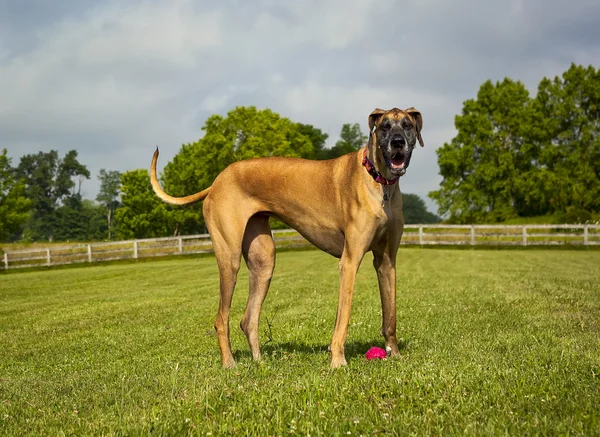
6. Perching and Climbing as an Art
Fewer things scream “I’m a cat” more than a dog perched on a fence, roof, or tree. Some breeds are natural climbers those being Basenjis, Shiba Inus, and Italian Greyhounds, which have agility that enables them to scale heights with ease. Some others learn it from feline roommates, putting them in a position that results in double-takes from innocent onlookers. From corgis wedged in cat trees to shepherds spreading out over rooftops, they’re comical moments of dogs adapting to vertical living. It’s majestic and confounding.
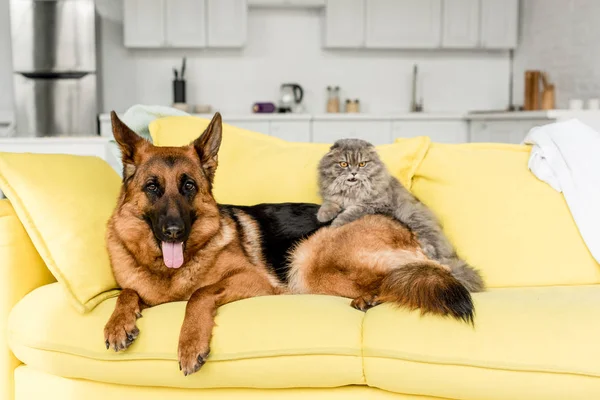
7. Fostering Harmony Between Dogs and Cats
It’s cute watching a dog behave like a cat, but compatibility between both species requires work. Specialists suggest slow introductions, beginning with scent transfer and visual interactions with the aid of screens such as baby gates. Controlled meetings, feline escape routes, and time are essential. After a while, most dogs and cats learn to respect each other or a silent truce at least. And occasionally, that friendship turns into fun imitation, with both pets taking mannerisms from each other.
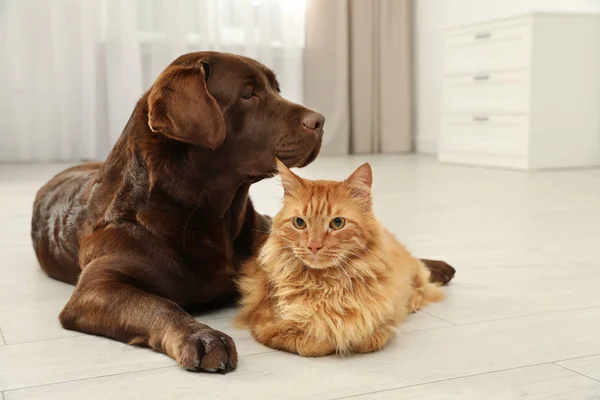
Dogs that think they’re cats are more than a joke they’re a convincing template for how personality, environment, as well as nutrition, do affect behavior. From a Basenji that primped like a prizewinner to a corgi that adopted a cat tree, such cases demonstrate our pets’ flexibility as well as charm. And for households that are blessed with both species, such a mix of loyalty in a dog with feline flair is an everyday dose of pure joy.


